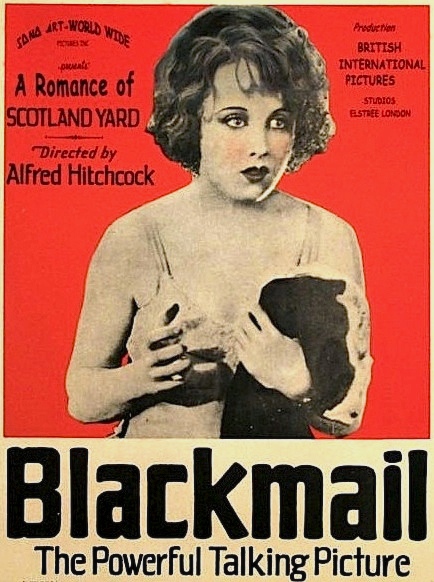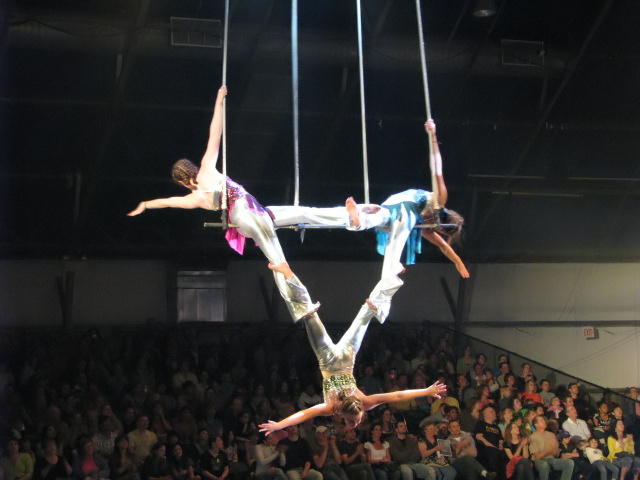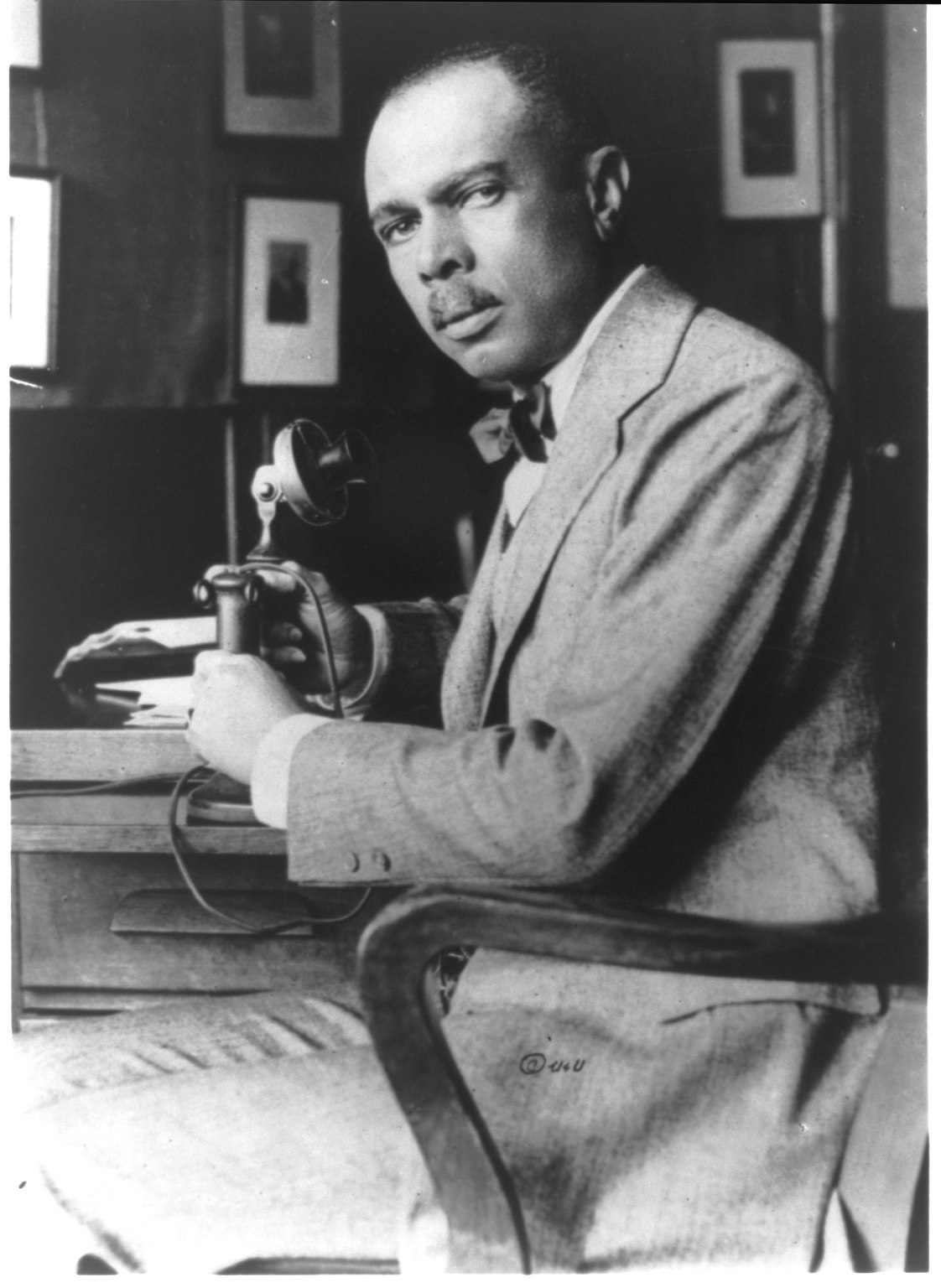|
Murder! (1930 Film)
''Murder!'' is a 1930 British thriller film co-written and directed by Alfred Hitchcock and starring Herbert Marshall, Norah Baring and Edward Chapman. Written by Hitchcock, his wife Alma Reville and Walter C. Mycroft, it is based on the 1928 novel ''Enter Sir John'' by Clemence Dane and Helen Simpson. It was Hitchcock's third all-talkie film, after ''Blackmail'' (1929) and ''Juno and the Paycock'' (1930). Plot In 1930, Diana Baring (Norah Baring), a young actress in a travelling theatre troupe, is found in a daze with blood on her clothes, sitting by the murdered body of another young actress, Edna Druce. The poker used to commit the murder was at Diana's feet, but she has no memory of what happened during the minutes the crime was committed. The two young women were thought to have been rivals, and the police arrest her. Diana withholds some important information deliberately, to protect something about the identity of a man that she will not name. At her trial most of th ... [...More Info...] [...Related Items...] OR: [Wikipedia] [Google] [Baidu] |
Alfred Hitchcock
Sir Alfred Joseph Hitchcock (13 August 1899 – 29 April 1980) was an English filmmaker. He is widely regarded as one of the most influential figures in the history of cinema. In a career spanning six decades, he directed over 50 feature films, many of which are still widely watched and studied today. Known as the "Master of Suspense", he became as well known as any of his actors thanks to his many interviews, his cameo roles in most of his films, and his hosting and producing the television anthology '' Alfred Hitchcock Presents'' (1955–65). His films garnered 46 Academy Award nominations, including six wins, although he never won the award for Best Director despite five nominations. Hitchcock initially trained as a technical clerk and copy writer before entering the film industry in 1919 as a title card designer. His directorial debut was the British-German silent film '' The Pleasure Garden'' (1925). His first successful film, '' The Lodger: A Story of the London F ... [...More Info...] [...Related Items...] OR: [Wikipedia] [Google] [Baidu] |
Blackmail (1929 Film)
''Blackmail'' is a 1929 British thriller drama film directed by Alfred Hitchcock and starring Anny Ondra, John Longden, and Cyril Ritchard. Based on the 1928 play of the same name by Charles Bennett, the film is about a London woman who is blackmailed after killing a man who tries to rape her. After starting production as a silent film, British International Pictures decided to adapt ''Blackmail'' into a separate sound film. It became the first successful European talkie; a silent version was released for theaters not equipped for sound (at 6,740 feet), with the sound version (7,136 feet) released at the same time. Both versions are held in the British Film Institute collection. ''Blackmail'' is frequently cited as the first British sound feature film. Voted the best British film of 1929 in a UK poll the year it was released. In 2017 a poll of 150 actors, directors, writers, producers and critics for '' Time Out'' magazine ranked ''Blackmail'' as the 59th best British film e ... [...More Info...] [...Related Items...] OR: [Wikipedia] [Google] [Baidu] |
Marie Wright (actress)
Marie Jeanne Wright (1862 – 1 May 1949) was a British stage and film actress. She was born in Dover and died in Hendon. Partial filmography * ''God Bless Our Red, White and Blue'' (1918) - The Woman * '' Quinneys'' (1919) - Mabel Dredge * ''The Kinsman'' (1919) - Duchess * ''Mrs. Thompson'' (1919) - Yates * ''Testimony'' (1920) - Lizzie Emmett * '' Paddy the Next Best Thing'' (1923) - Mary O'Hara * '' The Sea Urchin'' (1926) - Mary Wynchbeck * ''Unto Each Other'' (1929) * ''Murder!'' (1930) - Miss Mitcham * '' Tilly of Bloomsbury'' (1931) - Mrs. Banks * '' Black Coffee'' (1931) - Miss Amory * '' Up for the Cup'' (1931) - Mrs. Entwhistle * ''Help Yourself'' (1931) - Sparrow * ''A Lucky Sweep'' (1932) - Martha * ''Naughty Cinderella'' (1933) - Mrs. Barrow * ''This Acting Business'' (1933) - Mrs. Dooley * ''Love's Old Sweet Song'' (1933) - Sarah * '' A Cup of Kindness'' (1934) - Mrs. Mabel Ramsbottom * '' City of Beautiful Nonsense'' (1935) - Dorothy Gray * '' The Amazing Quest of ... [...More Info...] [...Related Items...] OR: [Wikipedia] [Google] [Baidu] |
Amy Brandon-Thomas
Amy Marguerite Brandon Thomas (9 March 1890 – 6 May 1974) was an English film and stage actress. She was the daughter of the playwright Brandon Thomas. She is also known as Amy Brandon-Thomas. Life and career Amy Brandon Thomas was born in London, the daughter of the playwright Brandon Thomas and his wife Marguerite, and was educated privately. She married William Deane Barnes-Brand. Thomas joined the stage professionally in 1907, playing Alice Ormerod in ''A Lancashire Sailor'' at the Theatre Royal, Preston, where she also played Ela Delahay in her father's comedy, ''Charley's Aunt''. She appeared in London that Christmas at the New Royalty Theatre in the same two plays, although this time she played Kitty Verdun in ''Charley's Aunt''. She was next seen at the Garrick Theatre in 1908, as Lucy Lorirner in '' A Pair of Spectacles'', with Sir John Hare, subsequently touring with him. In 1909 she was at the Royal Court Theatre in London as Kate Dalliscm in ''Strangers Withi ... [...More Info...] [...Related Items...] OR: [Wikipedia] [Google] [Baidu] |
Donald Calthrop
Donald Esme Clayton Calthrop (11 April 1888 – 15 July 1940) was an English stage and film actor. Born in London, Calthrop was educated at St Paul's School and made his first stage appearance at eighteen years of age at the Comedy Theatre, London. His first film was '' The Gay Lord Quex'' released in 1917. He starred as the title character in the successful musical '' The Boy'' in the same year. He then appeared in more than 60 films between 1916 and 1940, including five films directed by Alfred Hitchcock. He died in Eton, Berkshire from a heart attack while he was filming ''Major Barbara'' (1941). According to Ronald Neame in his autobiography, some shots in the final film had a stand-in playing Calthrop's role (from the back) and a piece of dialogue was recorded using an unnamed person who impersonated Calthrop's voice. He was the nephew of dramatist Dion Boucicault. Selected filmography * ''Altar Chains'' (1916) * ''Masks and Faces'' (1917) - Lovell * '' The Gay Lor ... [...More Info...] [...Related Items...] OR: [Wikipedia] [Google] [Baidu] |
Miles Mander
Miles Mander (born Lionel Henry Mander; 14 May 1888 – 8 February 1946), was an English character actor of the early Hollywood cinema, also a film director and producer, and a playwright and novelist. He was sometimes credited as Luther Miles. Early life Miles Mander was the second son of Theodore Mander, builder of Wightwick Manor, of the prominent Mander family, industrialists and public servants of Wolverhampton, Staffordshire, England. He was the younger brother of Geoffrey Mander, the Liberal Member of Parliament. He was educated at Harrow School, Middlesex (The Grove House 1901- Easter 1903), Loretto School (in Canada) and McGill University in Montreal. He soon broke away from the predictable mould of business and philanthropy. He was an early aviator, a pioneer pilot, flying his Louis Blériot at Pau in 1909 and at the first all-British aviation meeting in July 1910. He won the cup for the first official flight at Brooklands in 1910, and acquired and built Hendon Ae ... [...More Info...] [...Related Items...] OR: [Wikipedia] [Google] [Baidu] |
Fur Clothing
Fur clothing is clothing made from the preserved skins of mammals. Fur is one of the oldest forms of clothing, and is thought to have been widely used by people for at least 120,000 years. The term 'fur' is often used to refer to a specific item of clothing such as a coat, wrap, or shawl made from the fur of animals. Humans wear fur garments to protect them from cold climates and wind chill, but documented evidence of fur as a marker of social status as far back as 2,000-years ago with ancient Egyptian emperors and high priests wearing the skins of leopards. Historically in European and Middle Eastern cultures fur garments often had the fur facing inwards with cloth on the exterior of the jacket, but in the 19th century a trend for wearing seal fur coats with the fur facing outwards became the trend. World wide both styles are popular, with fur linings offering more thermal benefits and exterior furs serving more of a fashionable purpose. History Fur is generally tho ... [...More Info...] [...Related Items...] OR: [Wikipedia] [Google] [Baidu] |
Trapeze
A trapeze is a short horizontal bar hung by ropes or metal straps from a ceiling support. It is an aerial apparatus commonly found in circus performances. Trapeze acts may be static, spinning (rigged from a single point), swinging or flying, and may be performed solo, double, triple or as a group act. The name of the apparatus reflects the trapezoid shape made by the horizontal bar, ropes and ceiling support. History The art of trapeze performance is reported to have been developed by Jules Léotard, a young French acrobat and aerialist, in Toulouse in the mid-1800s. He is said to have used his father's swimming pool to practice. However, the name "trapeze" can be found in books dating as far back as twenty years earlier, before Léotard was born. One such example is George Roland’s “An Introductory Course of Modern Gymnastic Exercises”, published in 1832. Roland proposes the idea that the trapeze might owe its origin to Colonel Amoros, but ultimately deems the question o ... [...More Info...] [...Related Items...] OR: [Wikipedia] [Google] [Baidu] |
Passing (racial Identity)
Racial passing occurs when a person classified as a member of a racial group is accepted or perceived ("passes") as a member of another. Historically, the term has been used primarily in the United States to describe a black or brown person or of multiracial ancestry who assimilated into the white majority to escape the legal and social conventions of racial segregation and discrimination. In the United States Passing for white Although anti-miscegenation laws outlawing racial intermarriage existed in America as early as 1664, there were no laws preventing or prosecuting the rape of enslaved girls and women. Rape of slaves was legal and encouraged during slavery to increase slave population. For generations, enslaved black mothers bore mixed-race children who were deemed "mulattos", "quadroons", "octoroons", or "hexadecaroons" based on their percentage of "black blood". Although these mixed-race people were often half white or more, institutions of hypodescent and the 20 ... [...More Info...] [...Related Items...] OR: [Wikipedia] [Google] [Baidu] |
Half-caste
Half-caste (an offensive term for the offspring of parents of different racial groups or cultures) is a term used for individuals of multiracial descent. It is derived from the term ''caste'', which comes from the Latin ''castus'', meaning pure, and the derivative Portuguese and Spanish word ''casta'', meaning race. Terms such as ''half-caste'', ''caste'', ''quarter-caste'' and ''mix-breed'' were used by colonial officials in the British Empire during their classification of indigenous populations, and in Australia used during the Australian government's pursuit of a policy of assimilation. In Latin America, the equivalent term for half-castes was ''Cholo'' and ''Zambo''. Use by region Australia In Australia, the term "half-caste", along with any other proportional representation of Aboriginality (such as "part-aborigine", "full-blood", "quarter-caste", "octoroon", "mulatto", or "hybrid") is generally used as a harmless descriptor but may be seen as highly offensive to some ... [...More Info...] [...Related Items...] OR: [Wikipedia] [Google] [Baidu] |
Cross-dressing
Cross-dressing is the act of wearing clothes usually worn by a different gender. From as early as pre-modern history, cross-dressing has been practiced in order to disguise, comfort, entertain, and self-express oneself. Cross-dressing has played an important part in society due to the nature of sociology. Sociology dictates that social norms are an inherent part of society and, thus, there are expected norms for each gender relating to style, color, type of clothing and more. Thus, cross-dressing allows individuals to express themselves by acting beyond guidelines, views, or even laws defining what type of clothing is expected and appropriate for each gender. The term "cross-dressing" refers to an action or a behavior, without attributing or implying any specific causes or motives for that behavior. Cross-dressing is not synonymous with being transgender. Terminology The phenomenon of cross-dressing is seen throughout recorded history, being referred to as far back as the Hebr ... [...More Info...] [...Related Items...] OR: [Wikipedia] [Google] [Baidu] |
Esme Percy
Saville Esmé Percy (8 August 1887 – 17 June 1957) was an English actor who specialized in the plays of G.B. Shaw and appeared in 40 films between 1930 and 1956. He was born in London and died in Brighton. Partial filmography * ''Murder!'' (1930) - Handel Fane * ''The Lucky Number'' (1932) - The Chairman * '' Bitter Sweet'' (1933) - Hugh Devon * ''Summer Lightning'' (1933) - Baxter * ''On Secret Service'' (1933) - Bleuntzli - Reporter * '' Love, Life and Laughter'' (1934) - Goebschen * ''Nell Gwynn'' (1934) - Samuel Pepys * ''Lord Edgware Dies'' (1934) - Duke of Merton * ''Unfinished Symphony'' (1934) - Huettenbrenner * '' Regal Cavalcade'' (1935) - Lloyd George * '' It Happened in Paris'' (1935) - Pommier * '' Abdul the Damned'' (1935) - Ali - Chief Eunuch * '' Invitation to the Waltz'' (1935) - Napoleon Bonaparte * '' The Invader'' (1936) - Jose * ''The Amateur Gentleman'' (1936) - John Townsend * '' A Woman Alone'' (1936) - General Petroff * ''Song of Freedom'' (1936) ... [...More Info...] [...Related Items...] OR: [Wikipedia] [Google] [Baidu] |



_(cut).jpg)



.jpg)